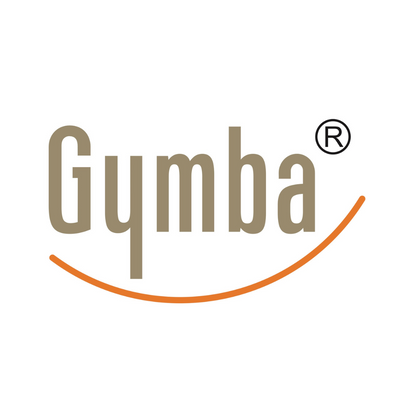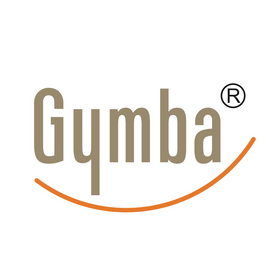Balance in Everyday Life - Part 2: Physical Balance

Balance is a crucial thing to have in everyday life. The previous blog post focused on the importance of having work/life balance. This post on the other hand will focus on the physical balance: the post will give you an introduction to the importance of physical balance and some tips on how to maintain and improve your balance.
Physical balance is a complex thing that is affected by muscle strength, blood circulation, sight, brain, and vestibular system in the inner ear, and it is something we need constantly in everyday life, even staying in up-right position requires balance. Having good balance helps to maintain physical performance and prevents falling. Physical balance is at its best around thirties and will deteriorate with aging. Aging causes neuromuscular system weakening, spine stiffening and joints’ range of motion decreasing, which is why balance training is especially important for elderly but it’s something that should be done long before you start having issues with your balance.
A quick way to test your balance: stand up on your toes and stay in the position for a while. If this feels challenging, you should definitely improve your balance. If standing on your toes feels easy, try lifting your hands above your head arms straight, close your eyes or try standing only on one foot. There’s a lot you can do to improve your balance. Having good posture is crucial for balance and to have good posture you need to have strength in your middle body, so train your core. Another thing to focus on is having strength in your legs. Muscle weakness in legs and stiff ankles are the main reasons behind elderly women falling. Men have more muscle tissue than women – doesn’t mean they should hinge on it though. It is also worth checking your lifestyle: obesity and overall passiveness deteriorate balance as well.
But how to train your balance? The easiest way is to challenge your balance in your everyday life; in the morning when you get out of your bed, tiptoe to the bathroom, stand on one foot when brushing your teeth, don’t lean on the wall when taking off your shoes, etc. The key is to challenge your body and go out of your comfort zone. Even if you exercise regularly but your training is unilateral it doesn’t improve your balance. So do something unordinary every once in a while, something your body is not used to doing. For example, when walking, vary the length of your steps or walk backwards for a few steps.
Here are a few exercises you can do to improve your balance. These exercises are intended to be done on the Gymba Activation Board but you can do most of them using for example a pillow or without any prop.
- Do the walking motion on the Gymba Activation Board to strengthen and mobilize your feet and ankles.
- Stand on the Gymba Activation Board. Make 10 circles with your hips.
- Stand on the board, stand up on your toes and lift your hands above your head arms straight. Return to the starting position. Repeat 10 times.
- Do 10 slow squats.
- Turn the board the convex side up. Stand in the middle on one leg. Do half circles with the other leg, toes touching the floor. Repeat 5 times. Do the same with the other leg. To make this more challenging, you can do this in squat position.
- Stand on the board with one leg. Wave the other leg from side to side in front of you. Repeat 10 times and do the same with the other leg.
- Stand on the board with one leg. Touch the floor in front of you with your heel. Lift your knee high and then touch the floor behind you with your toes. Repeat 5 times with each leg.

